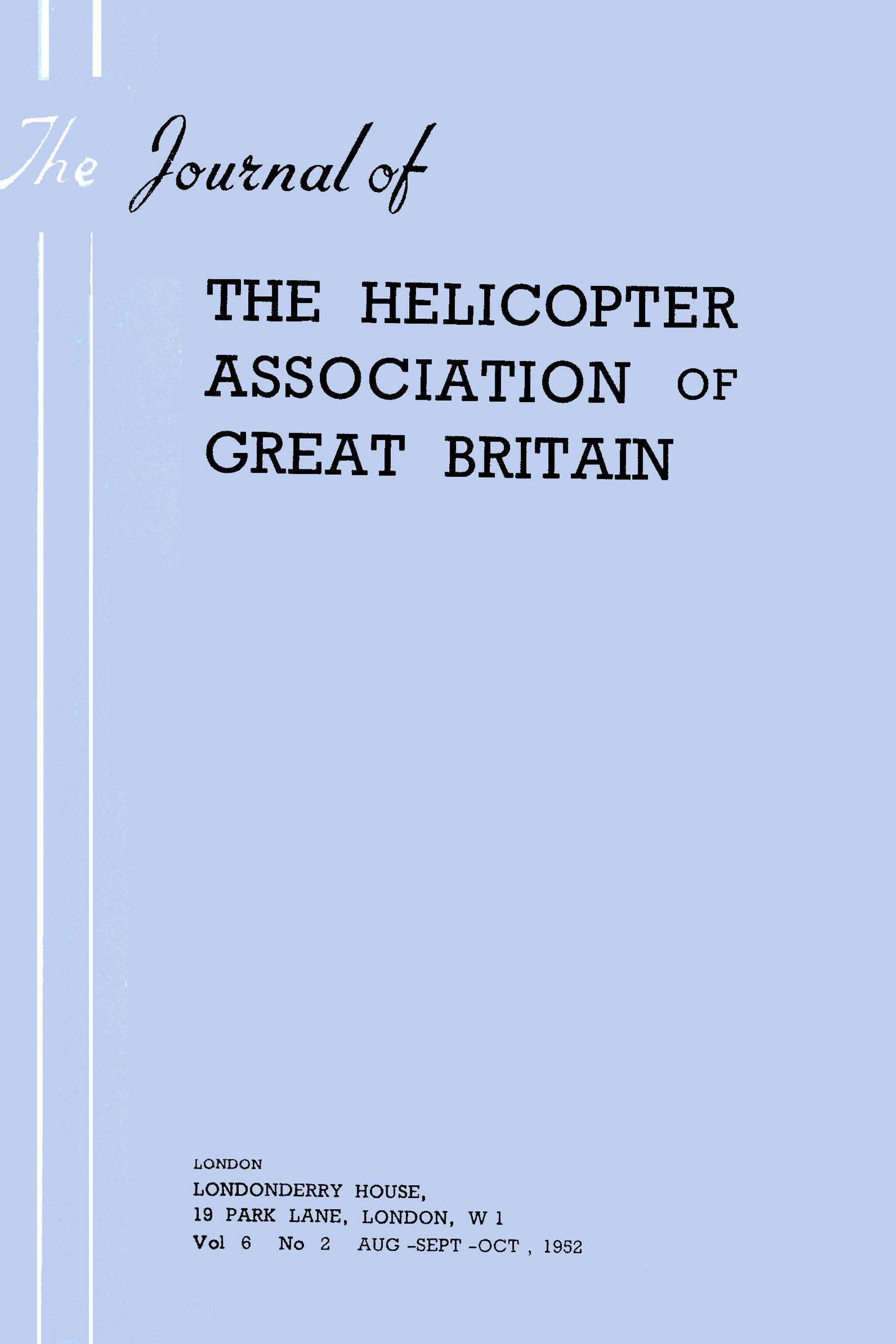Article contents
Jet Propulsion of Rotor Blades
Published online by Cambridge University Press: 26 October 2023
Extract
From the very beginning of helicopter development the designer has had two major problems, one associated with the balancing of the torque reaction on a mechanically driven rotating system, and the other one that of mechanical difficulties associated with the transmissions ISACCO for instance realized right at the beginning that what he wanted was some jet reaction device on his blade tips, but there was no jet reaction device which was efficient, and he had to have recourse to individual engines, each driving its own propeller on to his blade tips Other designers, such as BRENNAN, in this country, and BLEEKER in America, had recourse to a single engine rotating, with the system This was only half the solution, because they still had to face all the mechanical difficulties From then onwards, many people have tried jet propulsion You will realise that because we have tip speed limitations as we go on to bigger sizes our torque reaction problem becomes worse and worse
- Type
- Research Article
- Information
- The Journal of the Helicopter Association of Great Britain , Volume 3 , Issue 3: Oct-Nov-Dec 1949 , February 1950 , pp. 141 - 164
- Copyright
- Copyright © Royal Aeronautical Society 1949
References
- 2
- Cited by


